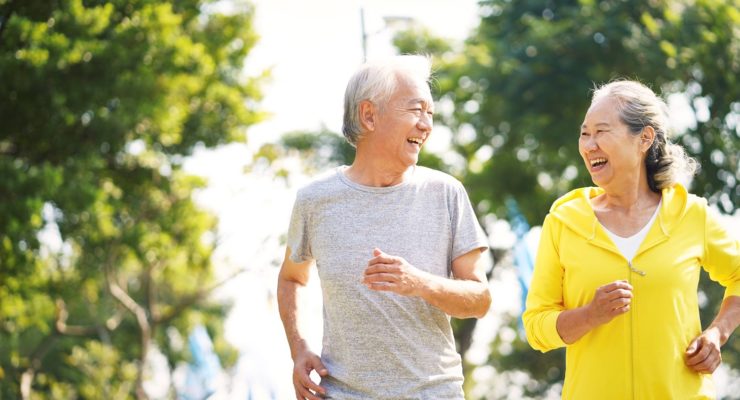What’s the Difference Between Pilates and Yoga?
Article posted in: Fitness
A little more than you might think: though Pilates and yoga are both mind-body practices that use certain positions and movements to improve posture, flexibility, and muscle strength, their methods differ.
Pilates exercises are designed to tone and strengthen your core (or abs, hips and back), and make your body long and lean, without bulking up muscles. The routines can be done on the floor with just a mat, or with equipment. Most people focus on mat exercises, which use your own body weight as resistance and follow a set sequence of precise, controlled movements; beginners start with basic exercises, and build up in a natural progression to include additional or more advanced moves. The other method of Pilates uses machines; one is called a Reformer, which looks like a bed frame with a sliding board and cables, pulleys and springs to provide resistance. Don’t let the weird-looking contraption intimidate you: Pilates exercises—whether on a mat or with machines—are very low-impact.
Yoga poses also help improve flexibility, strength, balance and stamina—just like Pilates. But this practice also combines breathing exercises and meditation, with an emphasis on connecting the mind, body and spirit. The physical part of yoga is called hatha, which focuses on a series of specific poses and breathing exercises; practicing yoga may also reduce stress and anxiety and help you sleep better. There are different types of hatha yoga styles, including:
Ashtanga: a fast-paced form where you move quickly through a set of predetermined poses while remaining focused on deep breathing.
Bikram: also called “hot yoga,” it’s practiced in rooms that may be heated to 100°F or more.
Gentle yoga: is just that—slow stretches and deep breathing.
Kundalini: includes chanting and meditation, along with different poses and breathing techniques, to increase energy.
Iyengar yoga: uses props like straps, blocks or chairs to focus on precision and alignment in the poses.
Restorative yoga: means you will hold simple poses for longer periods of time to allow your body to fully relax.
Vinyasa/power yoga: an offshoot of Ashtanga yoga, this is an active, fitness-based form designed to build strength, flexibility and stamina.
Before you try yoga or Pilates, or being any new type of exercise program, talk to your doctor.






